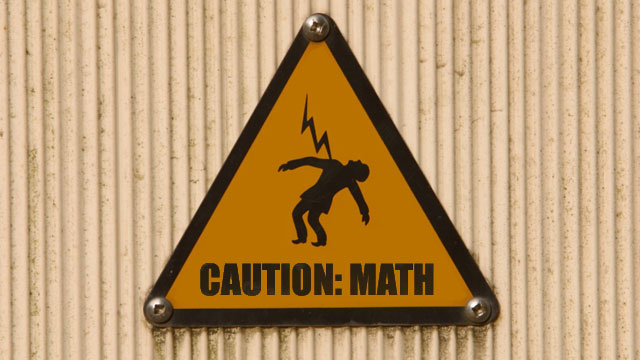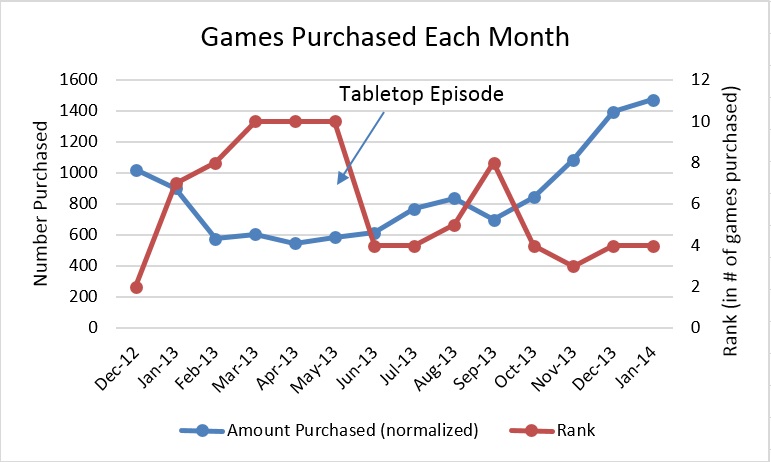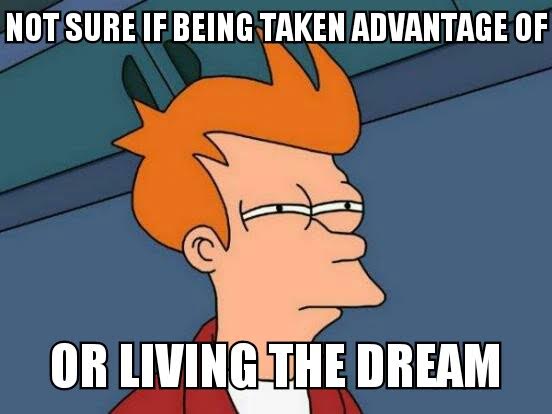I have recently joined the team over at Double Exposure as part of their Envoy program. This wonderful program allows board game addicts, like myself, to obtain games for no cost upon agreeing to become certified in the game and perform a set amount of demos of the game. This is amazing because it is like getting free games for playing games you already wanted to play while teaching new people. However, today I would like to look into exactly why board game publishers would use a service like this that seems to be just giving people games to play. Why would they be so inclined to just give $50+ games away for free in a market that is so tight for profit margins? Demos are the answer and I’ll explain way.

Not quite the demo I am talking about but I do wonder if the contents of Twilight Imperium will blend…
First of all if you have not read many of my other articles, namely this one, I do part time work for a LGS named Collectormania in Parker, CO. I love my FLGS and it is awesome, but that is not the only reason I mention this. The main reason is that I tend to do many in-store demos of games. This affects how I see demos because unlike a convention I have to have a 15 sec pitch for people who may not even be into board games. When demoing at a convention many people come to the board games areas specifically for games. When coming to a general hobby shop with minis, magic, and comics I need to convince people that it is worth there time to take a look at. On the other hand demoing at a shop is a great way to sell a game right there, on the spot.
Demoing a game allows the participants to choose right there if they wish to take the plunge. This behavior can also be seen in many other industries. Music, video games, and even beer brewing are all professions where a demo can drastically affect sales. Also very much like these other industries, demos can take up time and resources that may not be worth investing, and because I like beer let’s use that as an example.
Let’s say for instance you have a beer you really want to sell. it is a new kind of beer that no one has ever thought of before, a white porter (yes I am aware that may be impossible, but this is my story so stay out). Anyway, after you have strived through the months it takes to make the first batch, you have what you see as a masterpiece. Now you just need to get it out there to test. This is a large investment! The footwork of going to places and selling you beer, the effort of developing rapport with the owners of a location to do the tastings at, and many more aspects all will take a heavy investment of mostly time and energy. This is the same with board games. Running a demo requires space to set up and play. You also must have knowledge of the game, and not just on a basic level, but also on a level where you are able to teach it to others. You also need to invest your time as a publisher/designer to run the demos, because sitting around for 30 min here and there is not going to cut it.

If you don’t want to activate you acquisition disorder then…well you probably shouldn’t be reading any of these board game articles.
Lets look at a deeper analysis of the time investment of demos, I am going to reference Lloyd Brown who wrote the Business of Gaming Retail column over at RPG.net. His example uses 40K Miniatures, let us listen in:
“If you spend 6 hours painting up minis for a Warhammer 40k demo table, open up a couple of terrain pieces, and set up a demo table, you might be out about $100 or so in materials. We’ll use minimum wage for the labor. That rounds your initial cost up to about $150. If you do a 10-minute demo 3 times per day, you spend another $560-ish in labor over six months.
After that six months, you’ve invested $710 in 40k demos between your initial and ongoing costs. With a gross profit margin of 45%, you need to sell about $1,578 to break even on cash flow (we’re only counting immediate sales for right now). You should be able to sell a new 40k customer about $125 worth of stuff. He gets a starter box, glue, the basic paint set and spray primer, knife or sprue cutter, an army book, etc. At that rate, you’d need to convert at least 13 customers to break even. Out of 540 demos, that’s a conversion rate of about 2.4%.
Three percent might not sound very high, but compared to the rate of return of mass mailings or TV commercials, it’s very high. Is it possible? Sure. GW’s entire retail business model depends on math similar to this.”
– Brown, Llyod. “BUSINESS OF GAMING RETAIL #37: DEMOS FOR DOLLARS, PART I” www.rpg.net Web. 17, June 2015

WARNING: There is math ahead… and possibly lightning. Yes, I realize there are a lot of warnings in this article.
Mr. Brown does some pretty basic modeling to show that the conversion rate is worth it. So what happens if we take out the part where we have to pay someone for a running a demo directly and the math changes quite a bit? If the individual above were to get the starting material ($125.00) instead of the labor pay ($560.00) the amount you need to sell becomes $550.00, roughly a third of the amount from before. Now that you have a new sales target you only need to convert 4 customers to break even, thus giving us a conversion rate of .7%. But wait, why is this number lower? Well, when you decrease the number of customers needed to convert (4) while running the same amount of demos then you need to convert less per demo run. Alternatively we would decrease the demo run to 2 months and still obtain the same conversion rate as before. Finally, and I am sorry about all the assumed math, if we were to take the new numbers, assume you can hit a 2.4% conversion rate, meaning 13 customers, and continued to run the demo for the original 6 months we could generate an additional $506.25 in net profit. This is all just from simply giving away the starting materials instead of paying the individual to demo.
This is exactly why game companies and stores like Envoy. They give individuals who are already interested in playing a game to get the game for free (~$50 on average) for doing (assuming minimum wage or $8.31 in CO and an average of seven 3 hour demos a game) $174.51 worth of work. However, do not get me wrong, I am not saying any of us are getting taken advantage of in anyway. The Envoy Program does not only work for in-store demos, in fact they work at every large convention. On top of that they will get you more free games, swag, free con passes and even getting the opportunity to meet some of the designers and publishers. All of these addition benefits are a very nice trade off for a few bucks when thinking about the math.
I have truly enjoyed my time so far with Envoy and I hope to work with them for a long time. I also hope this article helped you understand how a demo can be a powerful thing especially when working with an organization like Envoy. Also some companies have programs that allow individuals to demo their games in return for products and other benefits. I know Plaid Hat Games and Privateer Press both have these programs heavily developed. I will see you all next time and thanks for reading!




